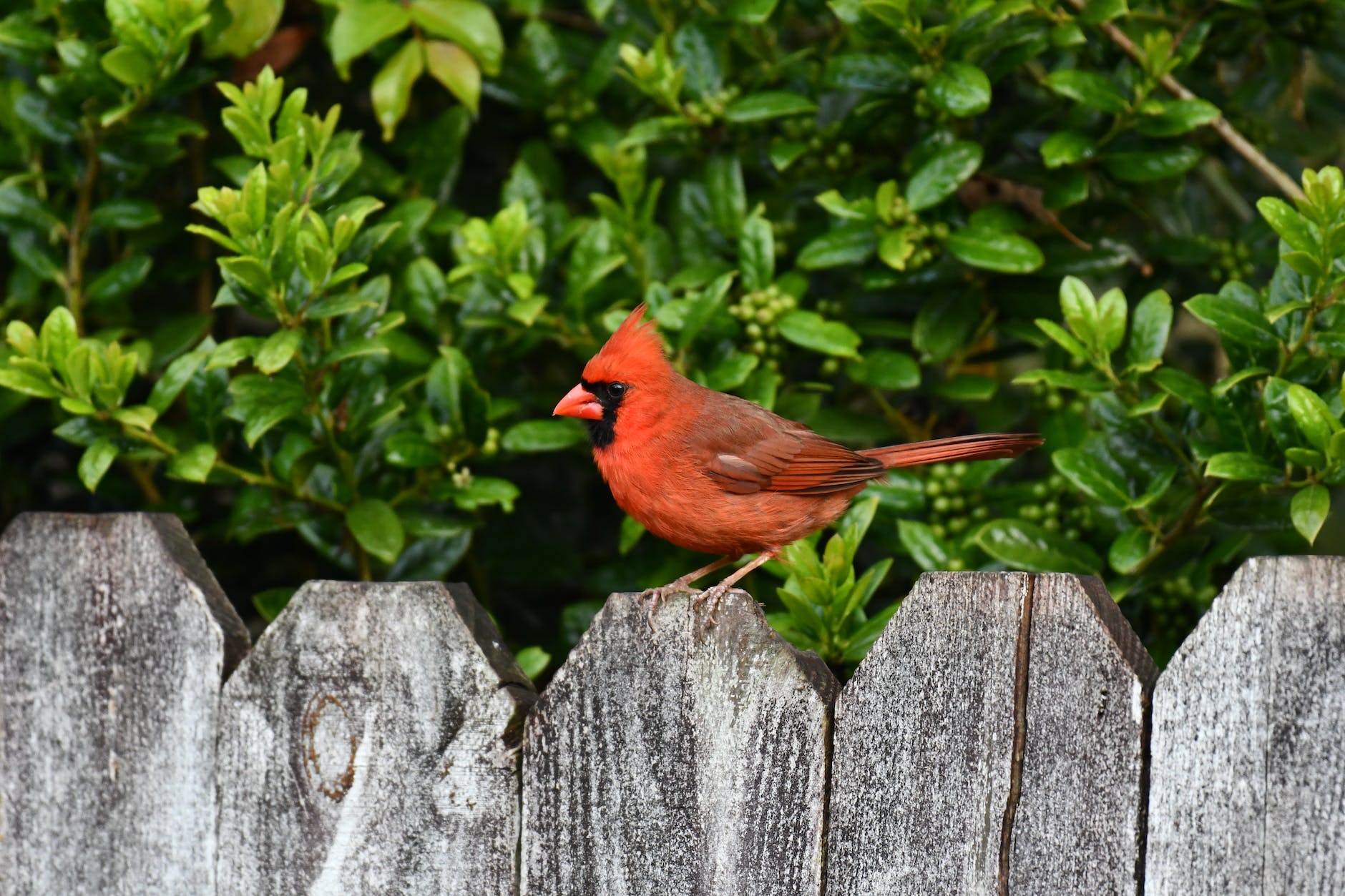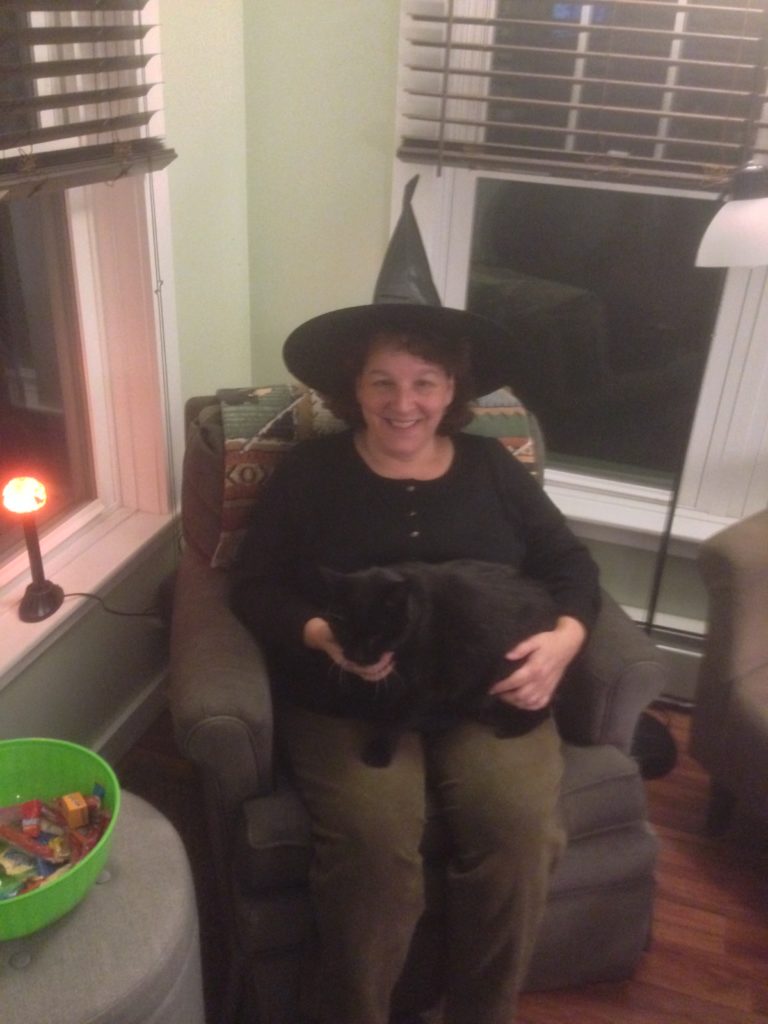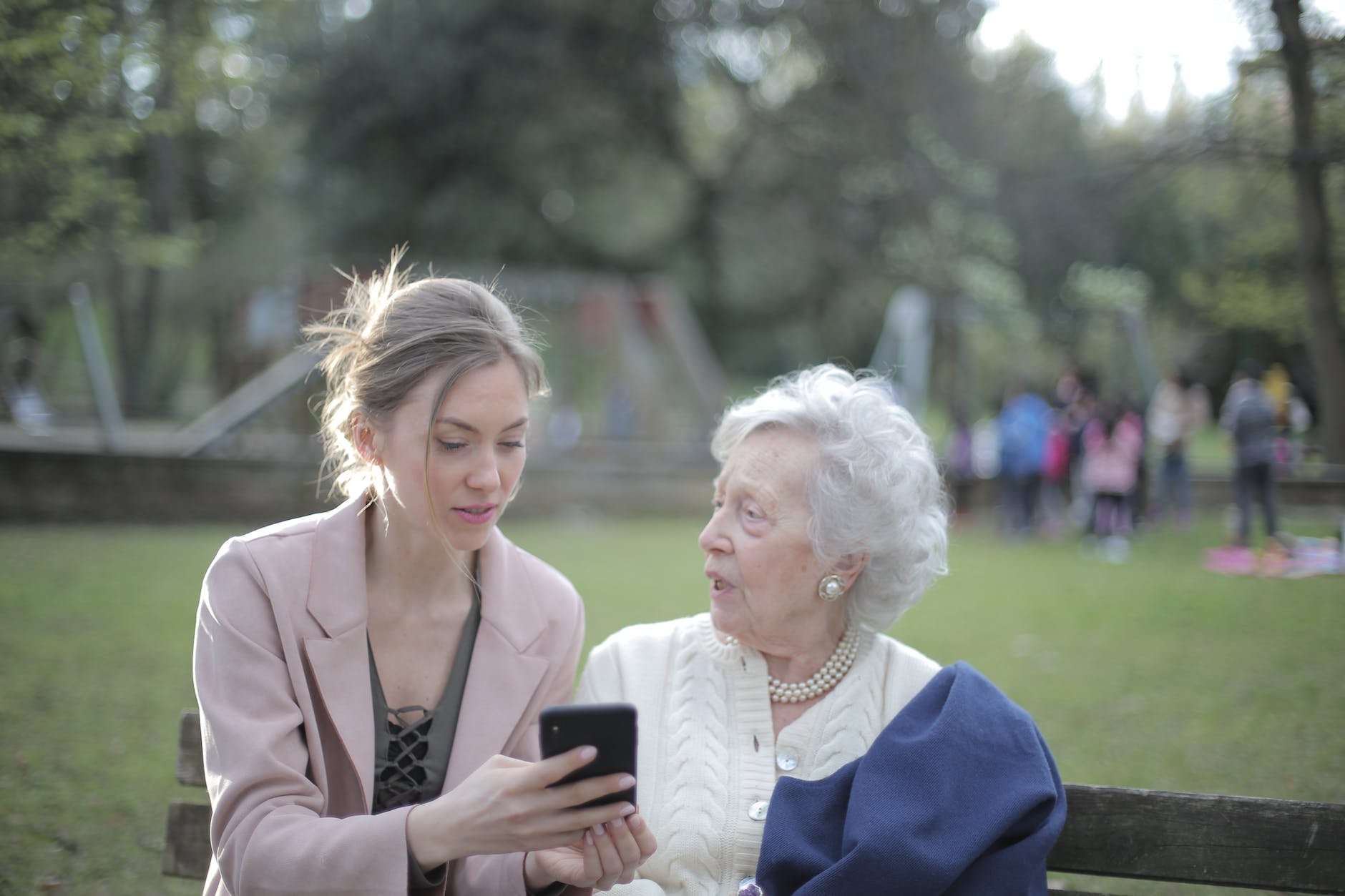I’ve heard the phrase, “Love is blind,” ever since I was a child. For the novel I’m currently writing, I’m exploring the concept because one of my characters believes that if you really love someone, you’ll do anything for that person.
When I began crafting my characters and plot, I conducted research on the topic. As always, my research had me recognizing some facts about myself … and feeling much better about some of the dumber relationship mistakes I’ve made.
So, here’s what a handful of scientists and mental health professionals have to say about whether love is blind.
It’s All About Brain Chemistry
When we fall in love (or in lust), our bodies go nuts. Especially our brains. Hormones and brain chemicals conspire to interfere with our common sense. They camouflage what really exists and sometimes prompt us to behave in ways we wouldn’t in the absence of all that romance (or lust).
Thomas Sherman, a noted biochemist and professor at Georgetown University, has said that romantic love subdues the “neural activity associated with critical social assessment of others.” In other words, love makes us believe our lovers are more virtuous and less weak than other people might believe. Love makes us view our lovers through the lens of positivity rather than negativity.
And it’s not that we twist negative reality or refuse to see weaknesses. It’s simply that when we see them, we don’t think they’re meaningful. I don’t remember who used the phrase but somewhere in my research one of the authors explained the phenomenon as us wearing rose-colored glasses during the early stages of love instead of magnifying glasses.
A great example involves how we actually see our lovers. How our minds process the tangibles (cognition) and how reach final conclusions (evaluation). Let’s say Jane is greatly attracted to and loves her boyfriend John. When asked to “rate” his handsomeness in both appearance and attractiveness, she says:
- His appearance, on a scale of 1 to 10, is a 6
- His attractiveness, on a scale of 1 to 5, is a 4
Because Jane loves John more for his intelligence and sense of humor than his looks, she rates him higher than an objective observer would. Others, those who like but are not in love with John, would rate him a 3 or 4 in appearance and 2 in attractiveness.
Our brains actually shut down their logic receptors when we’re in love, which allows us to focus more on our lovers’ positive qualities than on their negative characteristics. In effect, we’re anesthetized to the behaviors that will drive us nuts later on in the relationship.
Brain Chemicals Behind the “Love is Blind” Phenomenon
Brain chemicals affect lust, attraction, and attachment. We’ve all felt lust. It’s our estrogen and testosterone that get that ball rolling.
Attraction is all about enthusiasm, energy, craving and—sometimes—obsession. Three brain chemicals are responsible for these responses:
- Dopamine regulates our reward centers, motivation, sense of novelty, and directs our goals.
- Norepinephrine increases our energy, decreases our appetite, races our hearts, and reduces our need for sleep.
- Serotonin regulates our mood, sleep, appetite, and cognitive functions. It has a tendency to depress and decrease and is responsible for love-related obsession.
Scientists and psychologists say that, on average, commitment becomes very important in true love relationships about four years in. Commitment can include monogamy, cohabitation, and/or marriage. At this time, the level of dopamine in the brain drops and is replaced by either oxytocin (in women) or vasopressin (in men).
- Oxytocin is released during childbirth and breastfeeding. It supports the mother-child bonding, pair bonding, and empathy in women.
- Vasopressin makes a male want to bond with a mate and is responsible for territorial aggression. It’s what makes many men so protective of their girlfriends, wives, and families. However, in most males who are not interested in or capable of pair bonding, it’s been found they have lower than normal levels of vasopressin.
Other Factors that Support the Love is Blind Concept
Sherman has also said that “love begins as a stressor then becomes a buffer against the stress.” Love activates the brain’s reward centers. Cortisol increases one’s awareness which, in turn, offsets the stress response. And, of course, dopamine heightens pleasure.
We’ve all heard the phrases, “love at first sight,” “the One,” and the “halo effect.” Pesky brain chemicals are the culprits here, as well. Love at first sight is most likely a combination of lust/physical attraction and projection—seeing in others what we’re feeling/thinking ourselves. When we’re looking for our soulmate, that’s who we think we’re seeing in this gorgeous, wonderful person. Voilá: The One. The halo effect, what my mother used to call my rose-colored glasses, is believing someone is wonderful simply because we find them attractive. (Don’t we expect the murderer to be ugly and the leading man to be gorgeous?)
A Final Word
In short, it’s biology–nature’s attempt to propagate the species–that set our hormones and brain chemicals in motion when we fall in lust. The emotions of true love are an entirely different matter. Few creatures in the wild mate for life.
It’s shared experiences that help build love after the brain chemicals fade. And keep in mind: communication and communication styles can either make or break a relationship. The signs of true love and a healthy romantic relationship include:
- Deep emotional intimacy
- Trust
- Mutual support and respect
- Self-awareness
- Choosing to love the entire, flawed person
- A balance between individuality and togetherness
- Belief that love is a journey and not a destination
Resources
Here are links to a couple of articles to get you thinking:
- https://www.psychologytoday.com/us/blog/in-the-name-of-love/202408/is-love-really-blind
- https://interestingengineering.com/science/how-does-love-make-people-blind-study
When I consider the above list, I now know why those past relationships of mine didn’t work. What are your thoughts?







